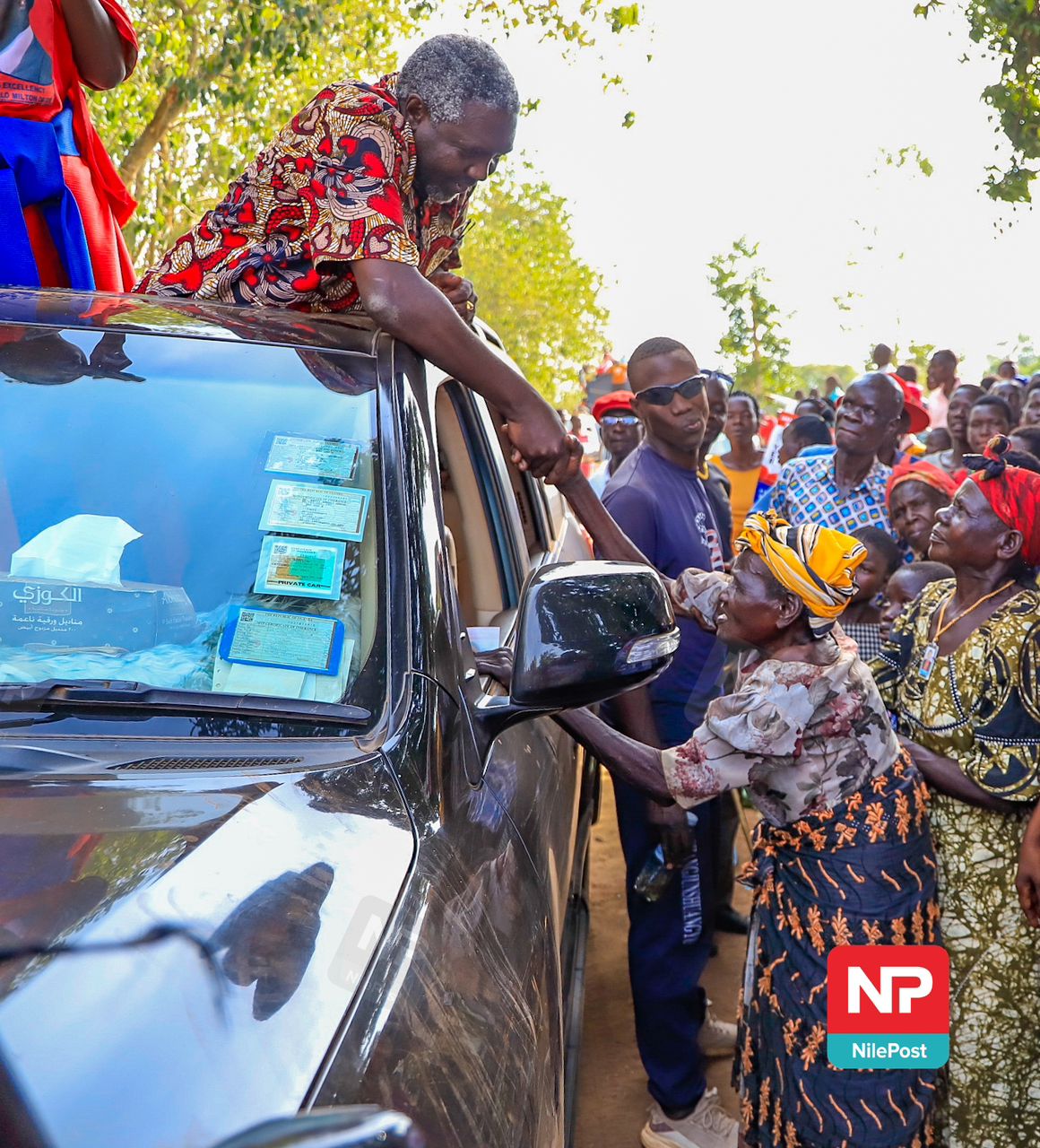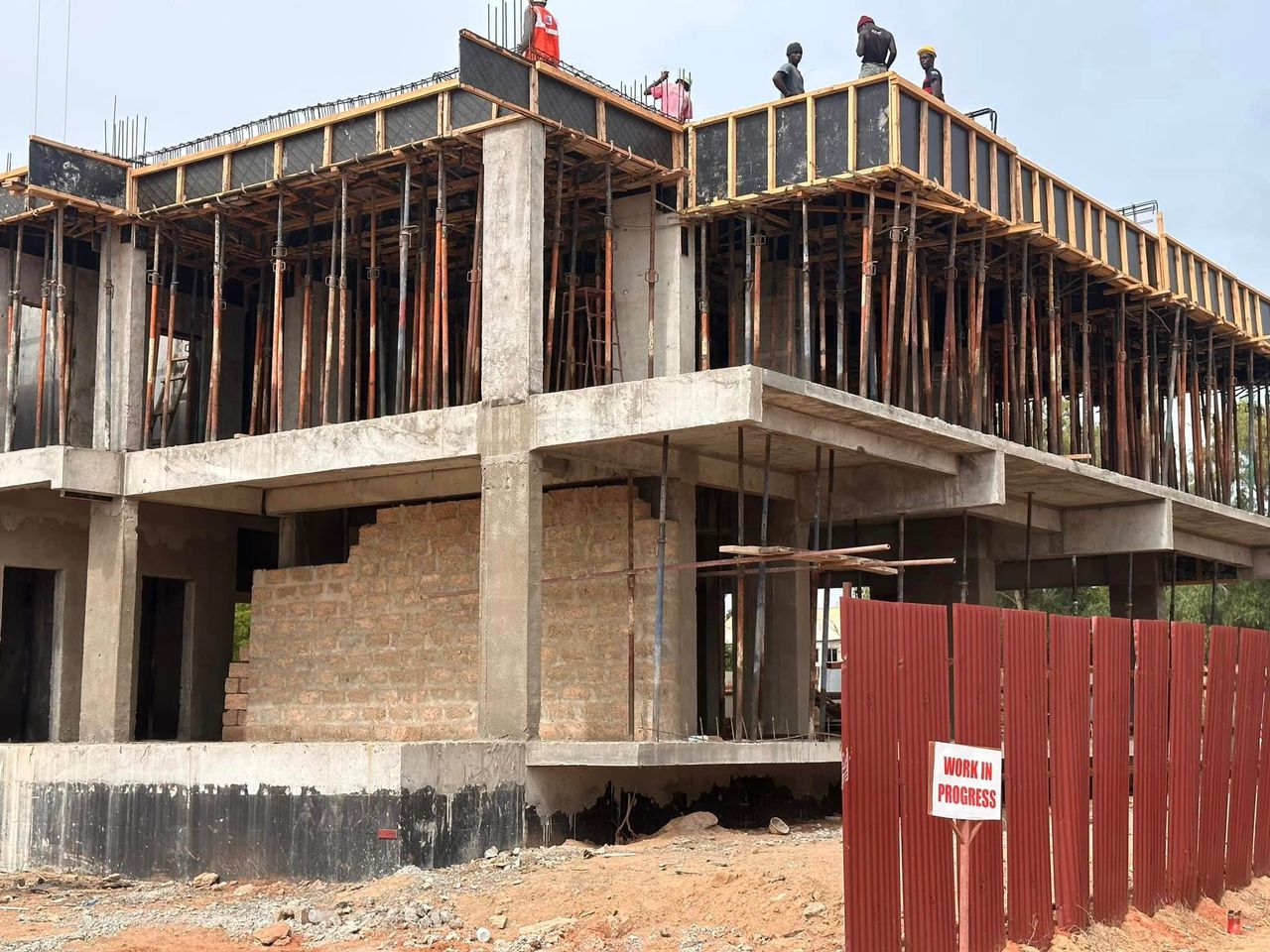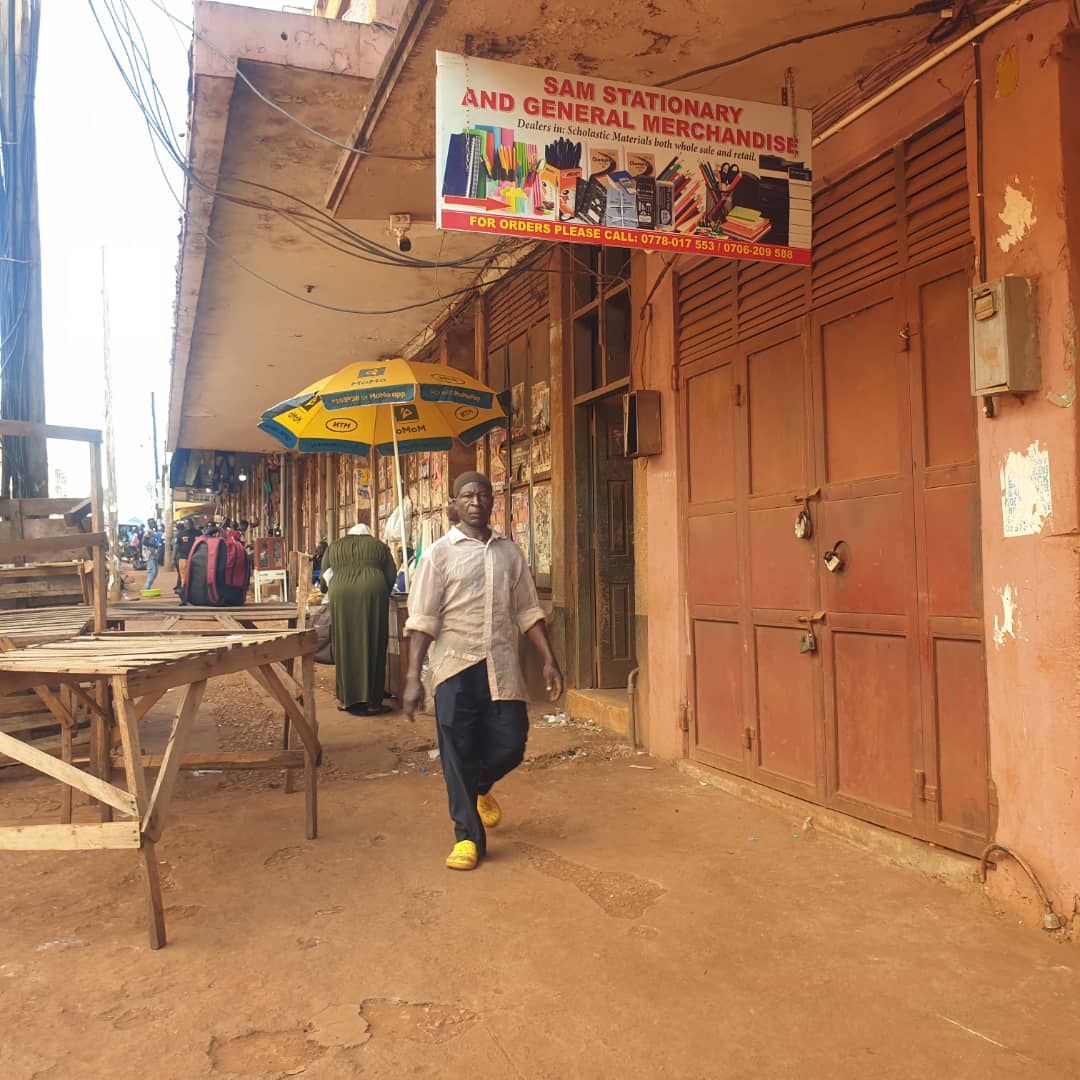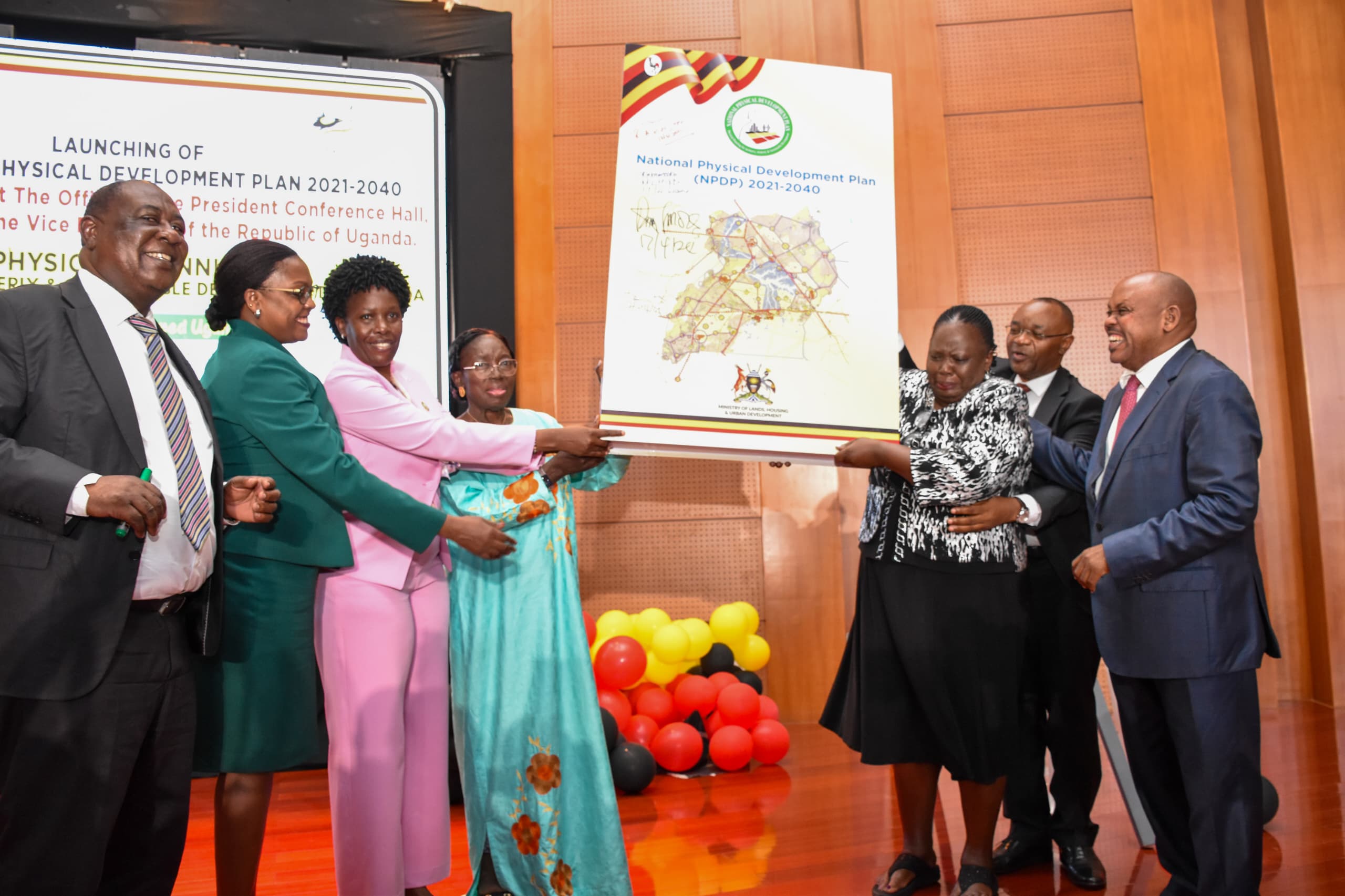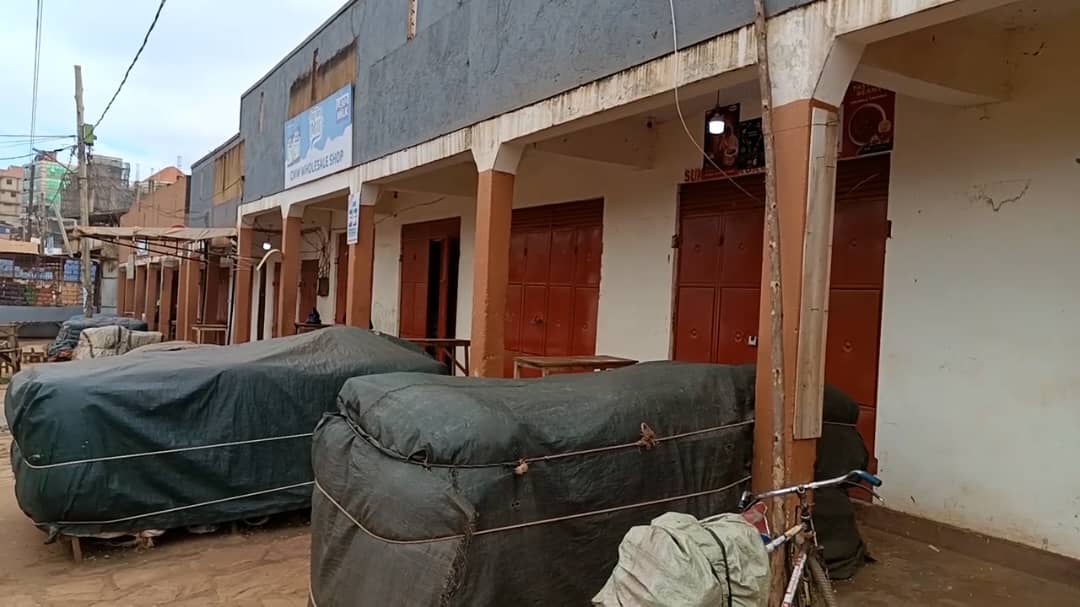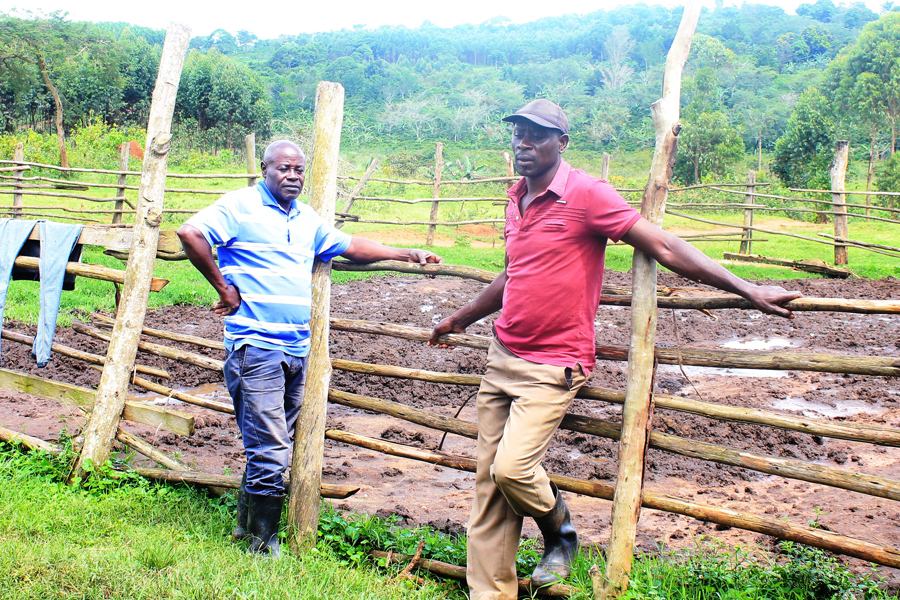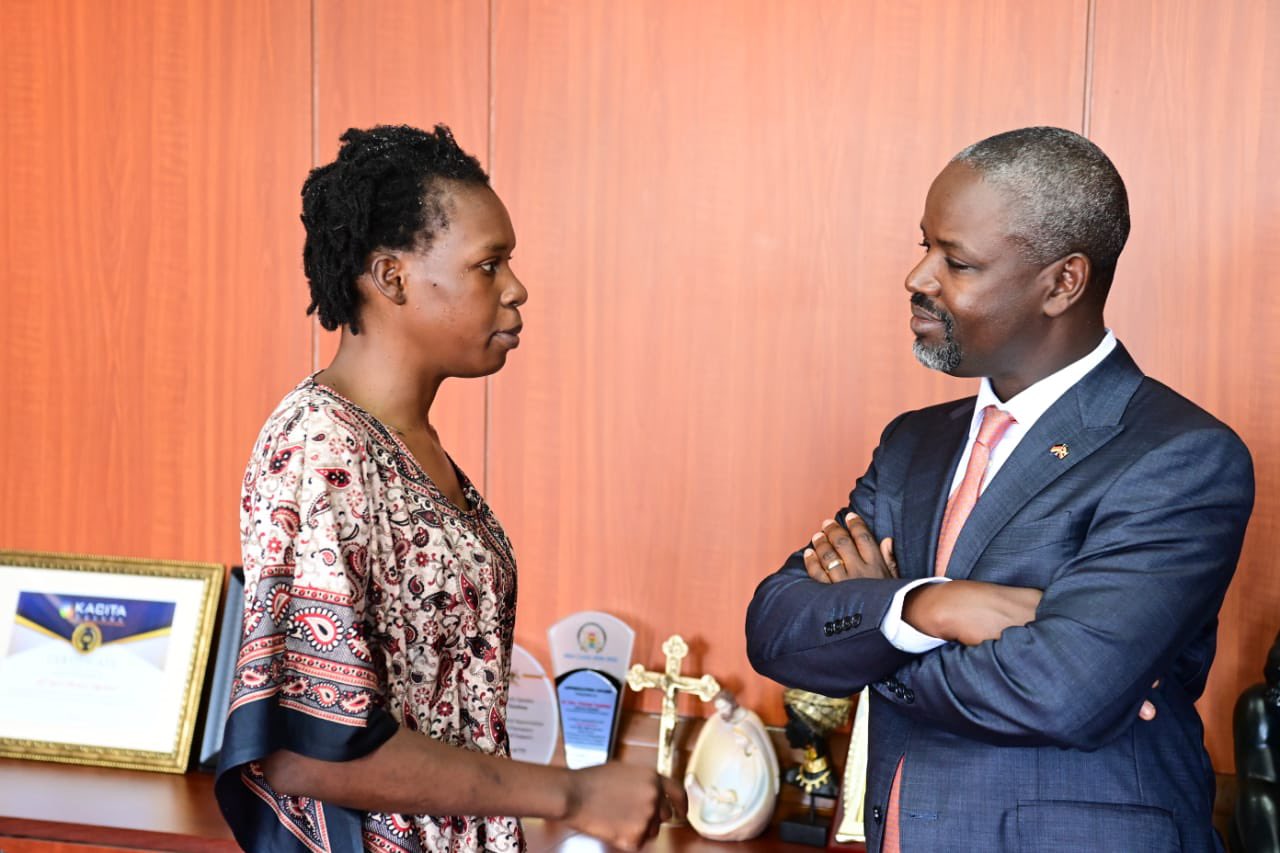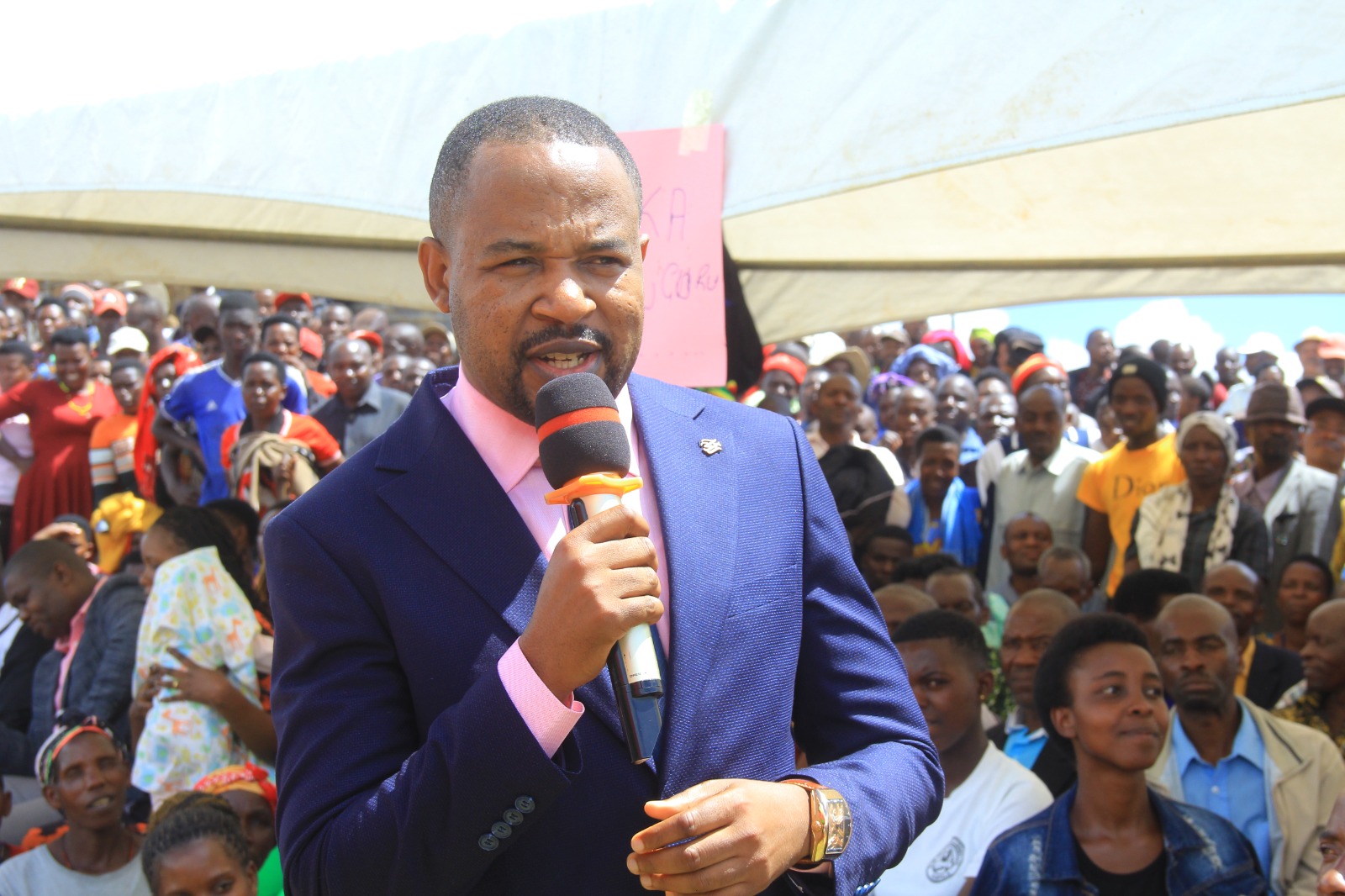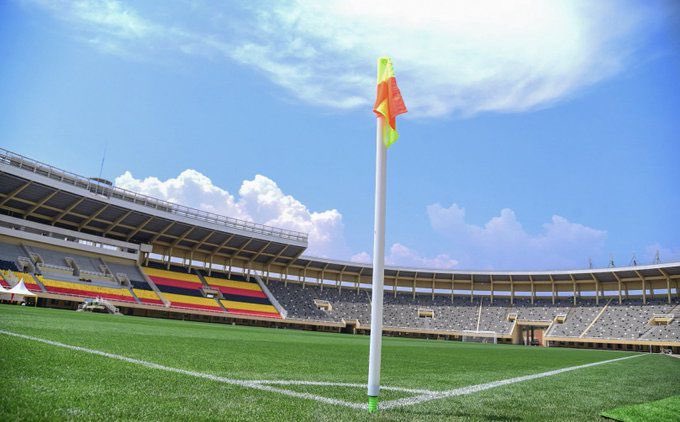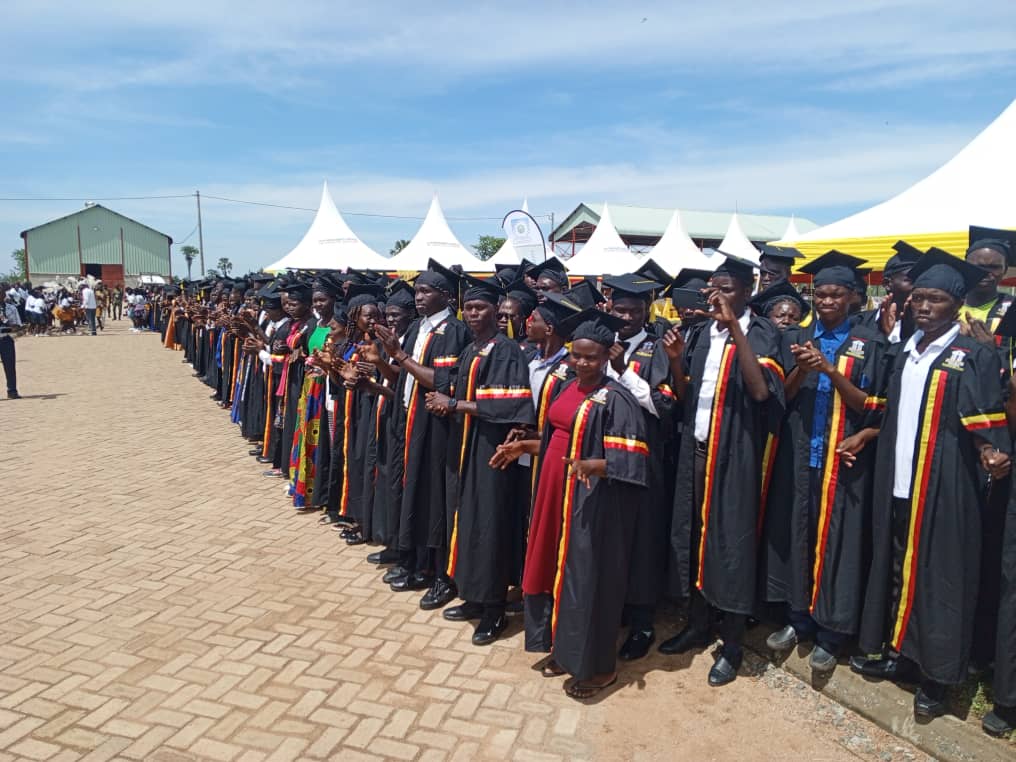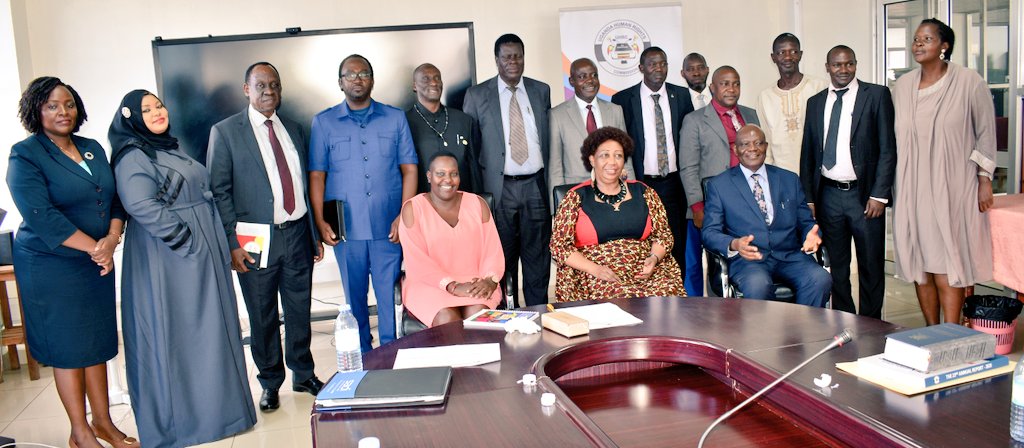UPDF gets new mandate in Somalia as AMISOM gives way to transition mission
The Ugandan troops in Somalia have now been given a new mandate ahead of the expiry of the African Union Mission in Somalia(AMISOM) later this year after serving for 15 years.
“As you are aware, on March, 15, 2022, AMISOM is winding up and the transitional peacekeeping force of the African Union Transition Mission in Somalia(ATMIS) is working together to ensure Somalia is ushered into permanent peace,” the UPDF spokesperson, Brig, Felix Kulayigye said on Monday.
Keep Reading
The ATMIS will in the next two years be tasked with stabilising Somalia but also aim at transferring the full responsibilities of national security to the Federal Government of Somalia.
Explaining more about the newly formed African Union Transition Mission in Somalia, the UPDF spokesperson said their mandate will definitely change from the previous one under the AMISOM.
“The mandate will change from the one of peace enforcement and this time round, the concentration is building the capacity of the institutions of the Somali government,” he said.
The UPDF spokesperson explained that as part of the new mission, there will be a scaling down of troops as the new mandate will require a smaller number of troops whereas the resources will also reduce.
Created in 2007, AMISOM was meant to support the government in Mogadishu and key installations from Al Shabaab attacks.
The same year, Uganda became the first country to send troops to Somalia and this opened way for other countries to also deploy in the mission which was at one time dubbed “dead on arrival” until UPDF’s arrival.
Other countries including Djibouti, Burundi, Kenya and Ethiopia later deployed troops.
The Ugandan troops controlled the largest area in Somalia after being deployed in Sector One in Benadir,(has 16 districts) Banadir, and Lower Shabelle regions having pushed Al Shabaab militants for over 200km away from Mogadishu city.
Kenyan troops were deployed in Sector Two which comprises Lower and Middle Jubba regions whereas Sector Three commanded by Ethiopia has Bay and Bakool as well as Gedo (Sub Sector 3).
Djiboutian forces manned Sector 4, which covers Hiiraan and Galgaduud areas while Burundian forces are in charge of Sector 5, which covers the Middle Shabelle region.
AMISOM consequently helped oust Al-Shabaab from key urban centres, creating space for Somali elites to build institutions and a political system.
Whereas troop contributing countries and the African Union sought more funds to keep the mission going, donors as Somali authorized felt the mission’s value was waning.
However, counter-insurgency efforts have of late run out steam but on the other hand, Al Shabaab insurgents have continued to gain ground and carry out attacks.
Another big problem for Somalia has been identified as the country’s politics with disputes between the Mogadishu establishment and federal states which undermine the efforts to fight Al Shabaab.
It also remains to be seen whether the new mission aimed at ensuring capacity for Somali institutions especially the army and police will be successful considering the divisions and weakness among these institutions.


